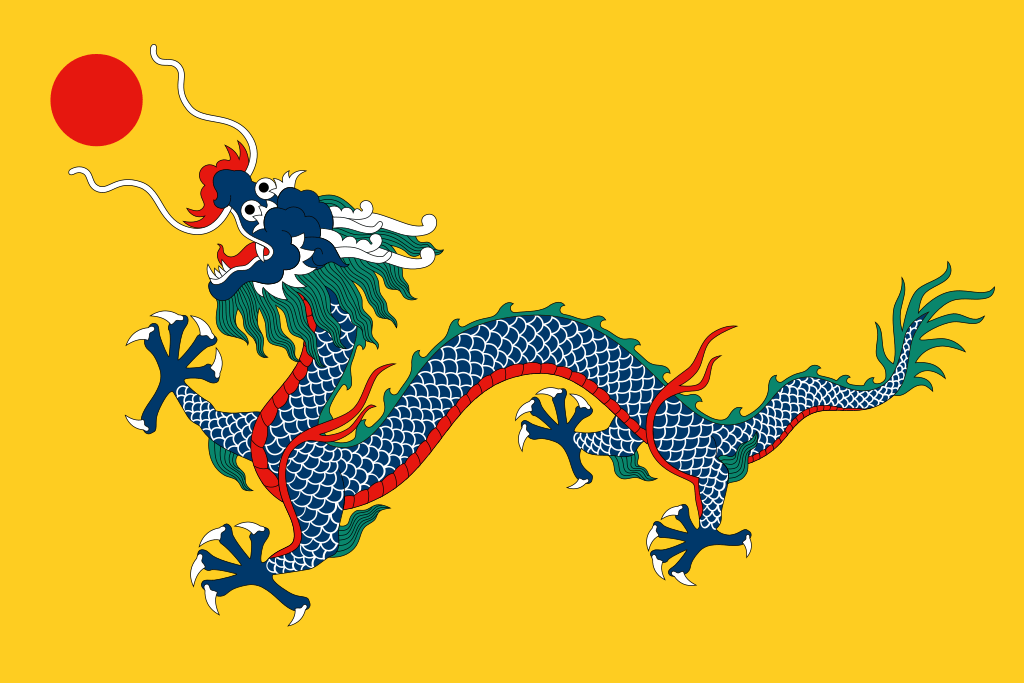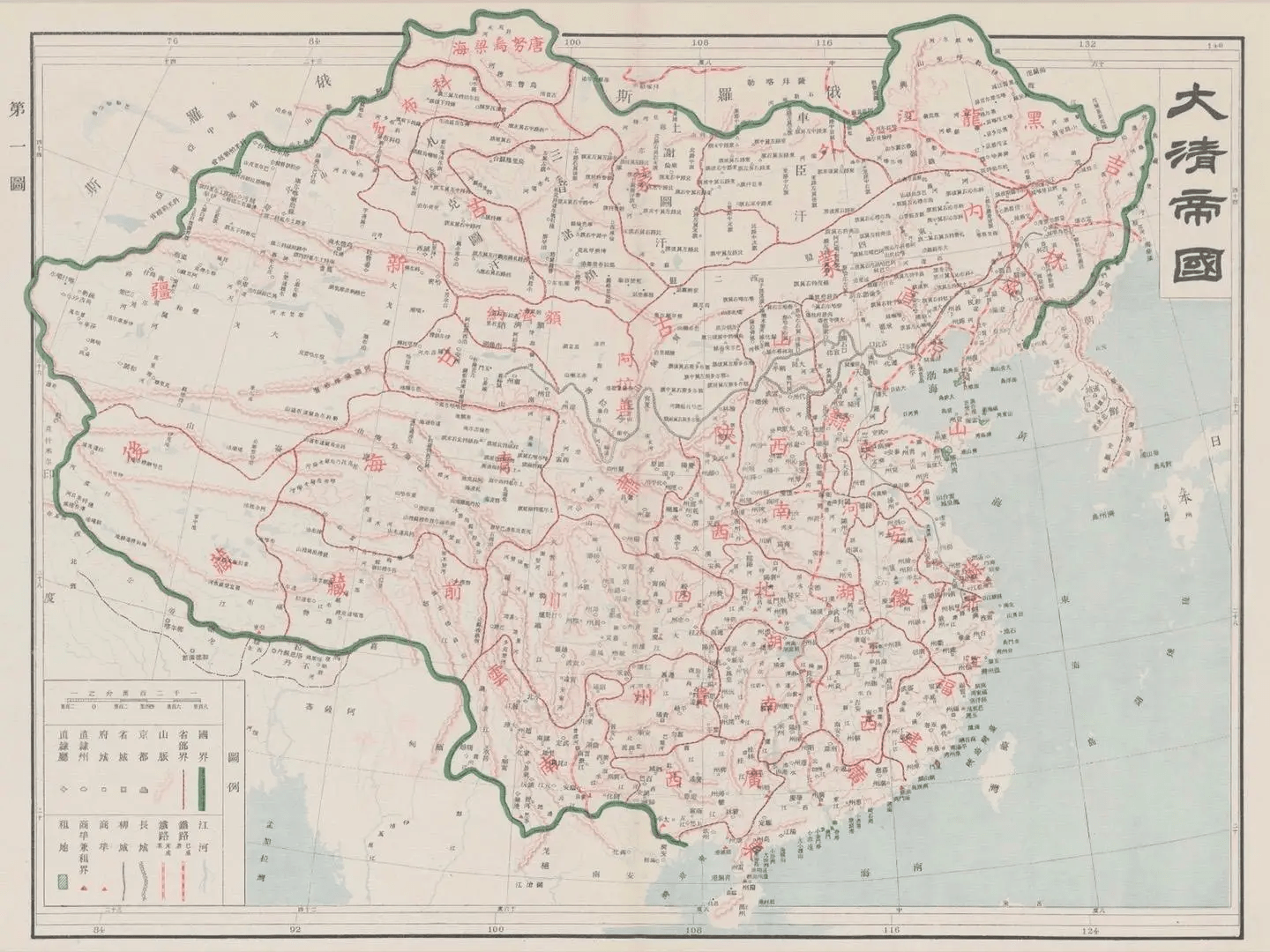The Qing Dynasty, the last imperial dynasty of China that ruled from 1644 to 1912, marked an era of significant transformation, complexity, and contradiction. Founded by the Manchus, a nomadic people from northeastern Asia, the Qing Dynasty successfully conquered the Ming Dynasty and expanded China’s borders to their greatest extent, incorporating Taiwan, Tibet, Mongolia, and Xinjiang. This period was characterized by initial prosperity and stability, remarkable cultural achievements, and extensive territorial expansion.
However, the dynasty also faced internal rebellions, external pressures from Western powers, and the challenges of modernization. The Qing era witnessed the clash of traditional Chinese culture with the forces of modernity, leading to significant social, economic, and political changes. As the last chapter of imperial China, the Qing Dynasty’s legacy is complex, reflecting both the zenith of traditional Chinese civilization and the tumultuous transitions that led to the end of imperial rule and the beginning of the modern era in China.
A Look at the Qing Dynasty by Its Size
The Qing Dynasty experienced significant shifts in territorial size, reflecting the dynasty’s rise to power and subsequent challenges that led to its decline. These changes were influenced by a series of conquests, treaties, and internal strife, which reshaped the landscape of the empire.
- 1683: Conquest of Taiwan – After defeating the Kingdom of Tungning, the Qing Dynasty annexed Taiwan, extending its reach to the island. This move was part of the Qing’s efforts to consolidate control over maritime territories and suppress Ming loyalist activities. The annexation of Taiwan represented a strategic victory for the Qing, ensuring the stability of their southeastern frontier and enhancing the empire’s maritime trade capabilities.
- Late 17th to early 18th century: Expansion into Central Asia – The Qing Dynasty significantly expanded its territory by incorporating vast regions of Central Asia, including Mongolia, Xinjiang, and Tibet. Through a series of military campaigns and diplomatic efforts, particularly under the reign of the Kangxi and Qianlong emperors, the empire extended its influence over these strategically important areas. This expansion not only secured the empire’s borders against potential nomadic invasions but also facilitated access to crucial trade routes such as the Silk Road. At its zenith, the Qing Empire’s size reached approximately 14 million square kilometers, making it one of the largest empires in Chinese history.
- 19th century: Territorial losses following the Opium Wars – The mid-19th century marked the beginning of significant territorial losses for the Qing Dynasty, primarily due to defeats in the Opium Wars against Britain and other Western powers. The Treaty of Nanking in 1842, which concluded the First Opium War, resulted in the cession of Hong Kong to Britain and the opening of several ports to foreign trade. Subsequent treaties, such as the Treaty of Tianjin and the Convention of Peking, further eroded Qing sovereignty, leading to the loss of control over key coastal regions and the granting of extraterritorial rights to foreign nationals within China.
- Early 20th century: Decline in territorial control – The early 20th century saw a continued decrease in the Qing Dynasty’s control over its territories. The empire faced internal rebellions and external pressures that weakened its grip on power. In 1911, the Xinhai Revolution led to the declaration of independence by Outer Mongolia and the establishment of the Republic of China, signaling the end of imperial rule. Although the Qing Dynasty nominally maintained sovereignty over Tibet, the region operated with a high degree of autonomy, further diminishing the empire’s control.
The expansion and subsequent decrease in the size of the Qing Dynasty were marked by strategic conquests and significant territorial losses, reflecting the complex interplay between internal governance challenges and external pressures.
The Beginnings of the Qing Dynasty
The Qing Dynasty began its rule in 1644, marking a period of profound change and consolidation that would shape the course of Chinese history for nearly three centuries. The Qing Dynasty emerged from the ashes of the Ming Dynasty’s collapse, propelled by a combination of military prowess and strategic alliances.
The Fall of the Ming Dynasty
The Qing’s ascent to power was closely tied to the internal strife and economic difficulties that plagued the Ming Dynasty in the 17th century. Natural disasters, peasant revolts, and fiscal crises weakened the Ming, creating an opportunity for the Manchus to assert their influence.
The Manchu Conquest
Led by Nurhaci and his son Hong Taiji, the Manchus organized themselves into a formidable military force known as the Eight Banners, which played a crucial role in their conquest. By declaring the establishment of the Qing Dynasty in 1636, even before they had seized control of China, the Manchus signaled their intent to not merely overthrow the Ming but to establish a new ruling order.
The Capture of Beijing
The turning point came in 1644 when Li Zicheng, a rebel leader, captured Beijing, signaling the end of Ming rule. The Ming general Wu Sangui, faced with the choice between the rebels and the Manchus, chose to ally with the latter. Together, they recaptured Beijing from Li Zicheng’s forces, opening the gates of China to Manchu rule.
Consolidation and Expansion
Once in power, the Qing worked swiftly to consolidate their control over China, pacifying resistance and integrating the diverse populations of the vast empire. They adopted many Ming administrative practices and Confucian principles of governance while also ensuring that Manchu culture and political dominance were maintained.
Qing Dynasty’s Rise and Fall
The Qing Dynasty went through a dynamic history of territorial expansion followed by a gradual decline that led to its eventual fall. This period was marked by significant achievements and formidable challenges that shaped the dynasty’s legacy.
Expansion under the Kangxi and Qianlong Emperors
The Qing Dynasty saw its greatest territorial expansion under the reigns of the Kangxi and Qianlong Emperors. Kangxi, ruling from 1661 to 1722, is celebrated for consolidating Manchu rule, promoting cultural integration, and expanding the empire’s borders to include Taiwan, Mongolia, and Tibet. His grandson, Qianlong, who ruled from 1735 to 1796, continued this legacy, extending Qing influence into Central Asia. By the mid-18th century, the Qing Empire had reached its zenith, becoming one of the largest empires in the world at the time, covering vast areas of Asia. If you want to learn about other large empires besides the Qing Dynasty, head over to A Look at the Biggest Empires in History.
Internal Strife and the Opium Wars
The late 18th and early 19th centuries marked the beginning of the Qing Dynasty’s decline. Despite its vast size, the empire struggled with internal strife, including corruption, peasant rebellions like the White Lotus Rebellion, and the devastating impact of the Taiping Rebellion, which weakened the state significantly. The Opium Wars (1839-1842 and 1856-1860) against Britain exposed the dynasty’s military weaknesses and led to humiliating treaties that ceded territory and opened ports to foreign powers, eroding Qing sovereignty.
The “Self-Strengthening” Movement and Reforms
In response to internal and external pressures, the Qing initiated the “Self-Strengthening” Movement in the mid-19th century, aiming to modernize the military and economy by adopting Western technologies and practices. However, these efforts were limited in scope and failed to address the empire’s systemic issues. The Hundred Days’ Reform of 1898, a bold attempt at comprehensive modernization, was quickly suppressed, highlighting the resistance to change within the ruling elite.
The Fall of the Qing Dynasty
The early 20th century brought revolutionary fervor to China, culminating in the 1911 Revolution led by Sun Yat-sen. The abdication of Puyi, the last Emperor, in 1912 marked the end of over two millennia of imperial rule in China and the official fall of the Qing Dynasty. The inability of the Qing to adapt to the changing political and social landscape, compounded by military defeats and colonial encroachments, led to the dynasty’s decline.
Conclusion
The legacy of the Qing, with its highs and lows, remains deeply ingrained in China’s cultural and historical consciousness, offering lessons on governance, cultural integration, and the dynamics of change in one of the world’s oldest civilizations.




